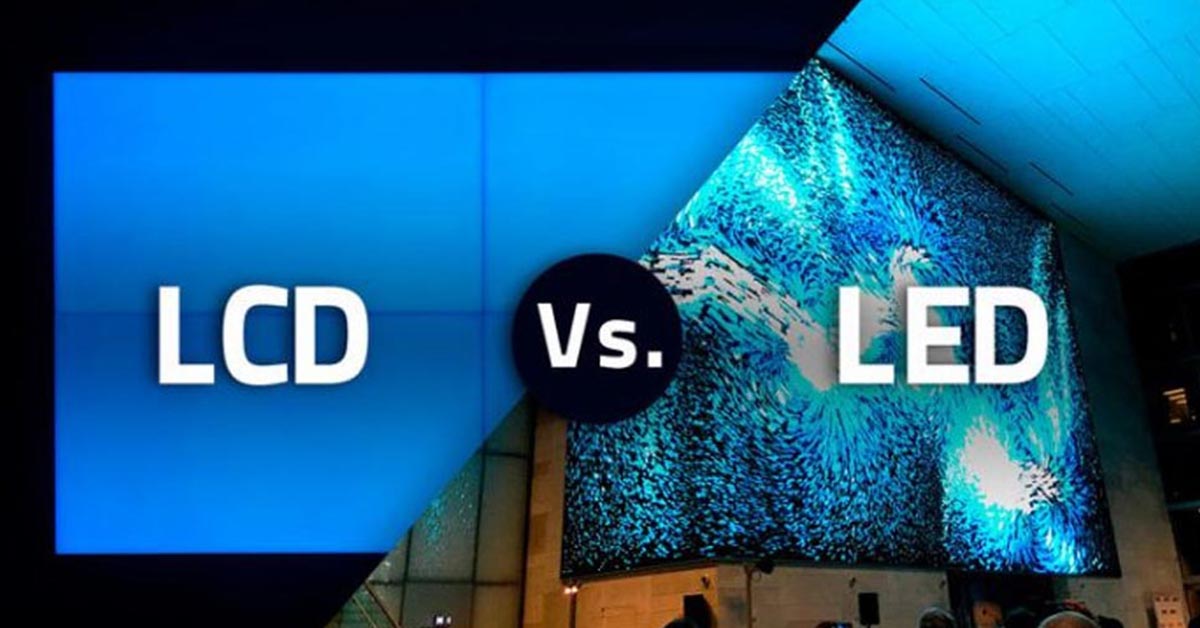
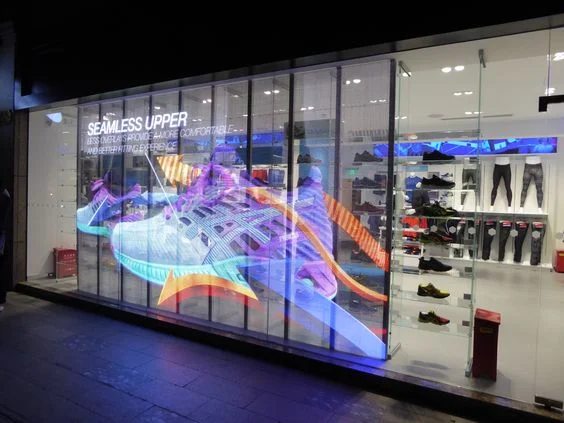
Retail is undergoing a radical transformation. As consumer expectations evolve and in-store traffic becomes harder to predict, retailers are searching for innovative tools that don’t just capture attention but create meaningful, measurable interactions. One technology that is reshaping the way brands engage with their customers in physical spaces is the transparent LED display.
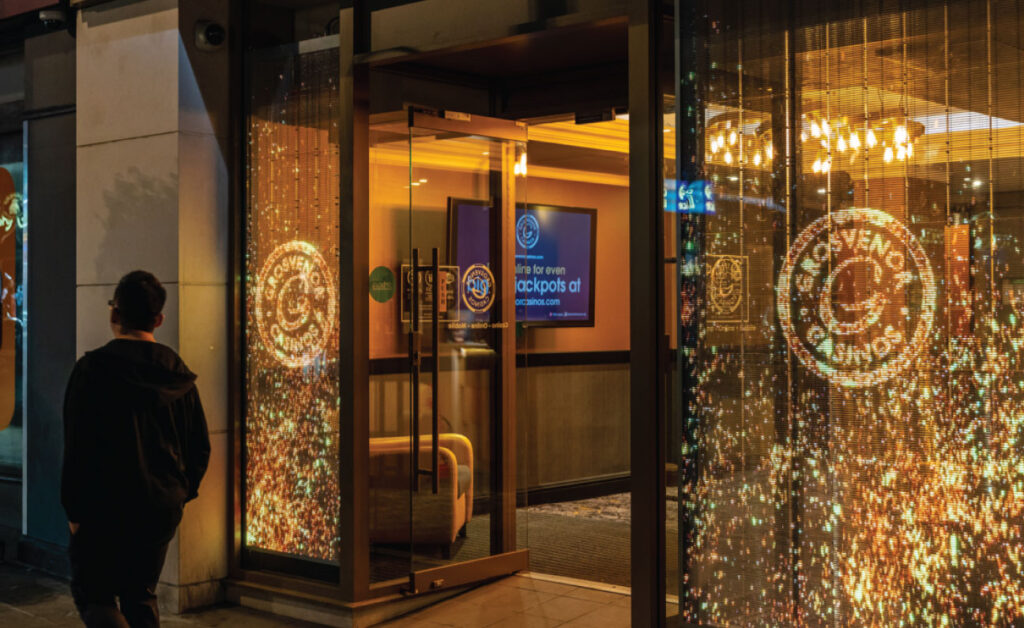
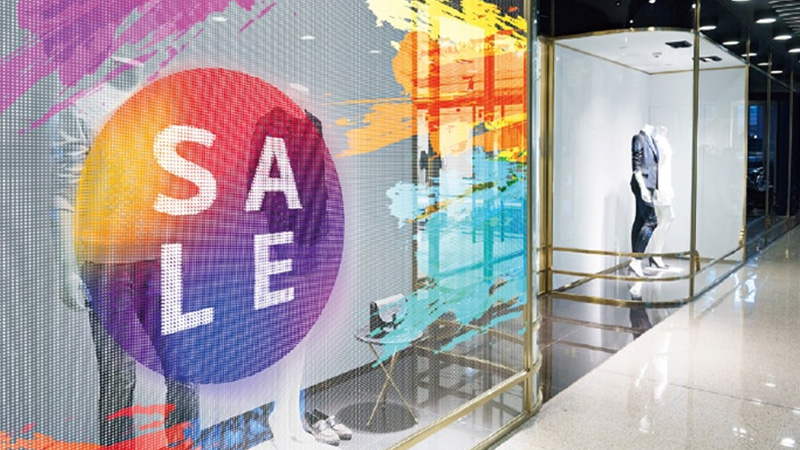
These modern, see-through screens are far more than futuristic window dressing. They offer retailers a unique blend of digital storytelling, dynamic branding, and seamless integration with existing store environments. More importantly, transparent LED displays are quickly becoming a strategic asset for driving foot traffic, increasing customer dwell time, and delivering a cohesive omnichannel experience.
In an increasingly visual and interactive world, the need to cut through noise has never been more important. Transparent LED displays achieve this by creating an instant visual impact. Whether installed on storefront windows, freestanding display units, or integrated into shelving, they project vivid content, videos, product features, promotions while still allowing customers to see the products behind them. It’s a dual-layered engagement mechanism: digital information combined with physical presence. That’s especially powerful in today’s retail landscape, where differentiation often lies in experience, not just product.
The data supports this shift. A recent study by Intel and RetailNext revealed that retail locations utilizing dynamic display technologies saw up to a 19% increase in foot traffic compared to those that didn’t. What’s more, transparent LEDs offer up to 90% light transmission, ensuring that the store remains open, airy, and inviting, while still leveraging motion and content to capture passing attention.
Traditionally, window displays were a trade-off. Retailers had to choose between showcasing real products or promoting marketing content. Transparent LED displays eliminate that choice entirely. Now, brands can overlay high-resolution animations, branded storytelling, and limited-time offers directly over the physical product display without sacrificing visibility. Imagine a boutique shoe store running celebrity endorsements over a live product display, or a fashion brand projecting behind-the-scenes design footage onto a clothing rack. This type of immersive storytelling isn’t just memorable,it’s proven to increase dwell time and conversion rates.

One of the key advantages of transparent LED displays is their flexibility. Content can be updated remotely and in real time, allowing brands to tailor messaging by time of day, customer demographics, or even external factors like weather. Retailers can highlight breakfast promotions in the morning and luxury experiences in the evening. They can showcase Valentine’s Day campaigns in February and Black Friday deals in November, all without reconfiguring physical displays. This agility mirrors the responsiveness of e-commerce platforms, giving brick-and-mortar stores a powerful digital edge.

Even more compelling is how these displays support omnichannel marketing. Modern consumers expect a fluid transition between online and in-store experiences. Transparent LED displays offer a tangible way to bridge that gap. Retailers can embed QR codes, NFC triggers, or even AR activations within the display content. A shopper passing by a storefront might scan a code to access a behind-the-scenes video, browse product variants online, or even purchase directly from their phone. It’s not just content delivery but it is also a conversion architecture.
The impact of these omnichannel touchpoints is significant. Research from Harvard Business Review shows that omnichannel customers spend more, both in-store and online than those who engage through a single channel. Transparent LED displays are a key interface in that customer journey, delivering both inspiration and interaction at critical moments.
While the visual and experiential benefits of transparent LED displays are obvious, their value also extends to operational and environmental considerations. Compared to traditional illuminated signage or LCD video walls, transparent LEDs are far more energy efficient. Their low power consumption, long lifespan, and modular construction reduce both long-term costs and environmental impact. For retailers working toward sustainability targets or ESG compliance, transparent LED displays are an innovation that aligns with eco-conscious values. The medium itself reflects transparency of the process, product, and intent.
But beyond marketing and messaging, transparent displays are quietly becoming educational tools. Retailers are using them to provide on-demand information that helps customers make more informed decisions. This includes highlighting product specs, nutritional information, customer reviews, or origin stories. Whether it’s a skincare brand showing clean ingredient sourcing or a consumer electronics store offering visual tutorials, the result is a richer, more empowering customer experience.
Transparency, both literally and figuratively builds trust. And that trust translates into loyalty.
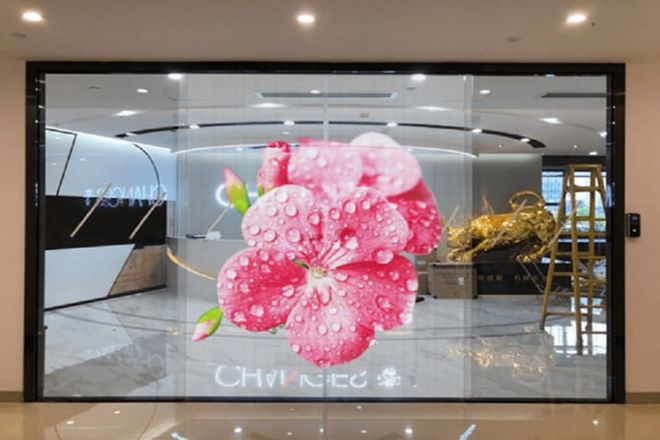
Modern transparent LED display systems are also deeply data enabled. Equipped with sensors and analytics platforms, they allow retailers to gather insights on customer behavior in physical space. Foot traffic can be tracked, content engagement measured, and demographics analyzed enabling continuous optimization of in-store marketing. Imagine being able to A/B test content in real time or adjust display messaging based on actual viewing patterns. The physical retail space becomes as agile and insightful as a web page.
Perhaps the most exciting aspect of transparent LED displays is their role in future-proofing retail. These displays are scalable and compatible with technologies like 5G, IoT, and artificial intelligence. They’re ready to integrate with augmented reality (AR), gesture controls, and AI-powered personalization platforms. As physical stores shift from transactional environments to experience-driven destinations, transparent displays are well positioned to lead that transition.
The direction is clear. According to a McKinsey report, the primary function of retail stores is evolving from merely fulfilling purchases to serving as hubs for inspiration, education, and brand experience. Transparent LED displays fulfill all three roles. They attract and inform. They entertain and convert. They embody the ethos of modern retail: meaningful, memorable, and measurable.
When they first emerged, transparent LED displays were seen as novelties, cutting-edge tools for flagship stores or luxury retailers. Today, they are becoming accessible and essential, thanks to falling hardware costs and rising customer expectations. They are no longer just about looking good; they are about working smarter.
For any retailer focused on increasing engagement, optimizing the customer journey, and staying ahead of competitors, transparent LED displays represent more than a trend, they’re a transformative investment. They help create experiences that resonate beyond the moment, deepen customer connection, and drive tangible business outcomes.
In short, transparent LED displays don’t just illuminate your storefront. They light the way to a more engaging, sustainable, and future-ready retail experience. profitable.